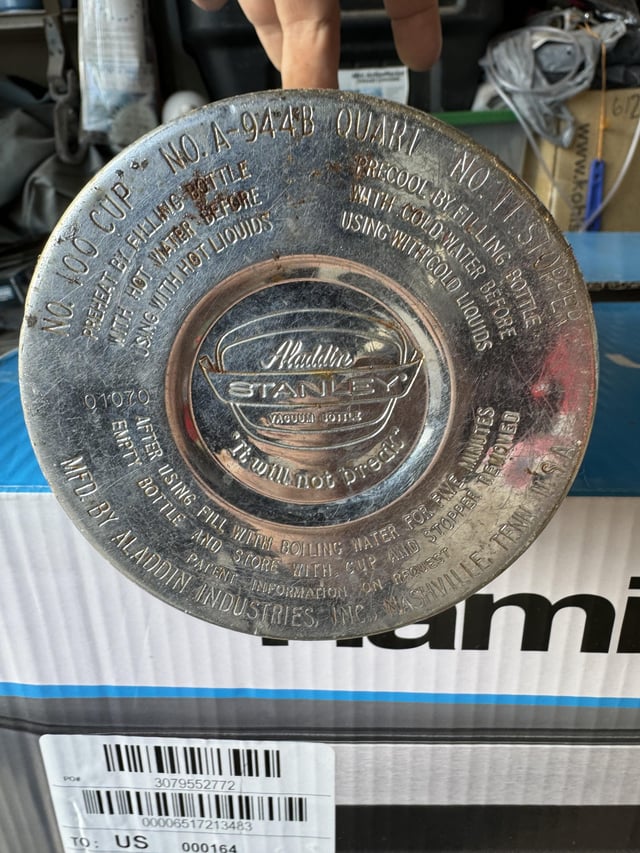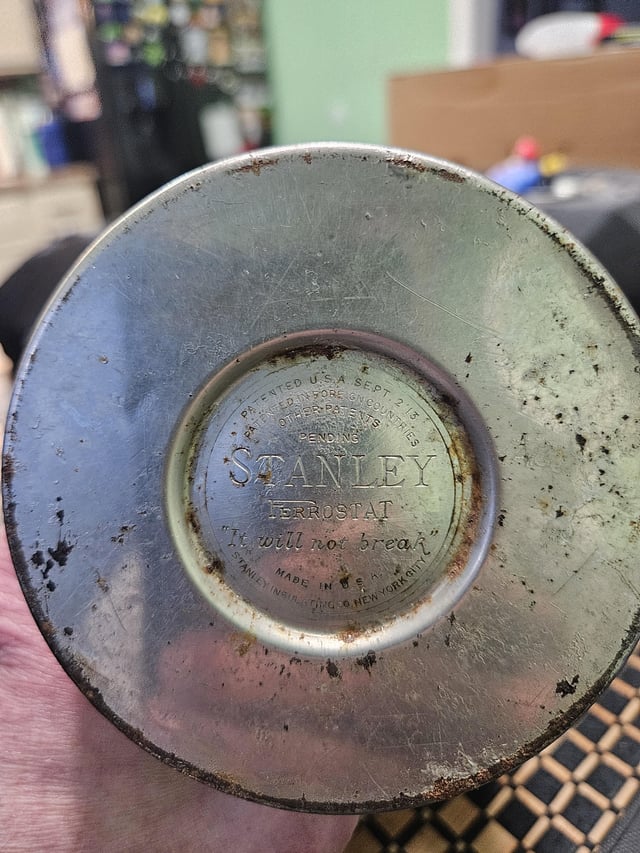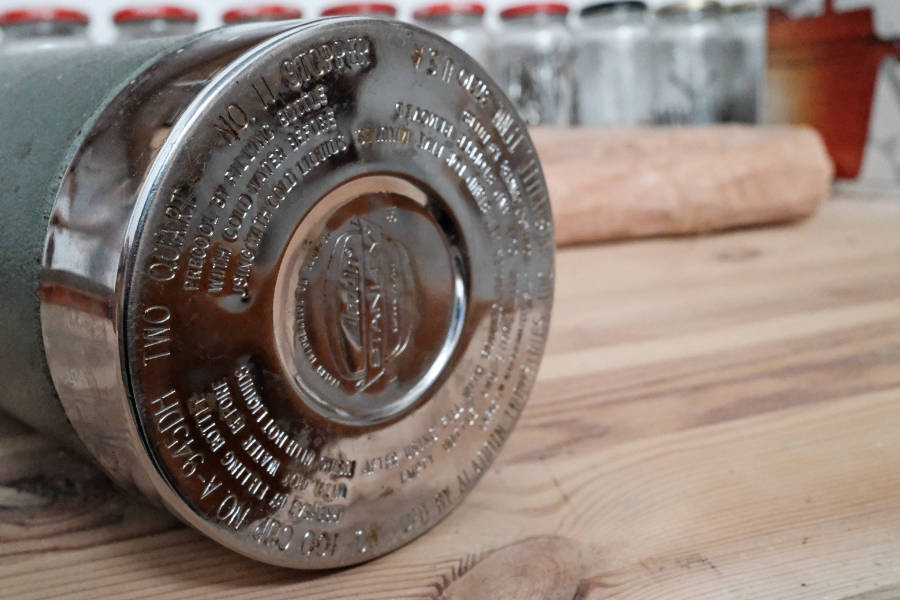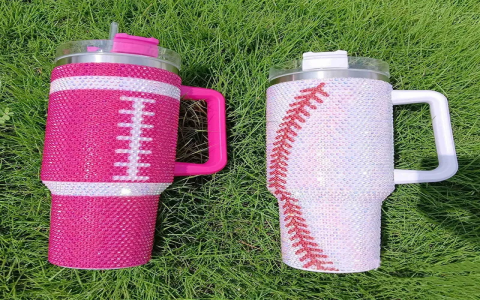How to Date a Stanley Thermos: A Vintage Collectible Guide
When you hear the name "Stanley," visions of rugged, durable thermoses likely come to mind. Stanley thermoses have been a staple in camping gear, work sites, and even as a symbol of reliability since their inception. But did you know that some of these thermoses could actually be valuable collectibles? This guide is designed to show you how to evaluate, date, and appreciate a Stanley thermos.

The History of Stanley
To date a Stanley thermos, it helps to start with a bit of its origin story. Stanley was founded in 1913 by William Stanley Jr., who created the vacuum-insulated bottle that we now call the thermos. The early years were marked by innovation and a focus on utility. Over the decades, the design, materials used, and overall functionality evolved.
Identifying the Era
Each Stanley thermos model can give clues about its approximate production year, due to the changes in manufacturing techniques, materials, and branding:
-
Early 20th Century: Look for thermoses with a more artisanal, hand-made feel. They often feature engraved or embossed logos and were primarily made of metal without plastic components.
-
Post-World War II: During this era, Stanley introduced models with painted bodies and logos. This period is also known for the incorporation of green hues in their color schemes, and the thermoses began to sport more vibrant and eye-catching designs.
-
1960s-1980s: This period saw a shift towards more smooth, sleek designs. You’ll find thermoses with colored metal bodies, often with plastic tops or handles. Stanley’s logo became more standardized, with stylized letters.
-
Late 20th Century: The advent of globalization and cheaper manufacturing options led to changes in material quality, where plastic and nylon began to replace metal in many parts of the thermos.

The Art of Authentication
Authenticating a Stanley thermos involves looking for specific markers and hallmarks. Here are some tips:
-
Check for a patent number: If your thermos has a patent number, you could easily trace it back to when it was granted, giving you a precise date.
-
Logo and Branding: The logo’s style, font, and placement can be telling. Early logos were often more intricate, while modern ones are sleek.
-
Material and Build Quality: Vintage thermoses are typically made from heavy gauge steel, whereas newer ones might use lighter materials.
-
Caps and Capsules: The design of the cap, often a weak point for wear, can help date the thermos. Cap designs evolved from basic twist-on types to more complex, functional models.
Age Matters
The age of your Stanley thermos does matter for several reasons:

-
Collector Value: Older and rarer models are the ones that usually fetch higher prices. A Stanley thermos from the 1920s or 1930s, if in good condition, can be particularly valuable.
-
Sentimental Value: Owning a piece of history or an item from your grandparents’ era can be immensely rewarding.
-
Functionality: While Stanley thermoses are known for their durability, older models might not keep your beverage hot or cold as effectively as contemporary ones.
Tips for Dating Your Thermos
If you’re in the process of dating your Stanley thermos, here are some practical tips:
-
Examine the bottle itself. Is it smooth or has a textured feel? Textured is likely older.
-
Delve into documentation. Collect material from the era like magazines, catalogues, and advertisements that featured Stanley products. This can provide visuals to compare with your thermos.
-
Join communities. There are online forums and collector groups dedicated to Stanley products, where you can seek advice or show pictures of your thermos for expert opinions.

-
Refer to guides. Look for books or online resources on collecting Stanley thermoses. These often include detailed pictures of different models through the ages.
Enjoy Your Collectible
Owning a Stanley thermos isn’t just about knowing its age but also celebrates its utility and the nostalgia it brings. Understanding the history, valuing its craftsmanship, and preserving it for future generations can make owning a vintage thermos an enriching experience far beyond just its date. Whether you keep one on your shelf as a conversation piece or take it on your next adventure, your Stanley thermos represents a legacy of quality and tradition in your collection.



